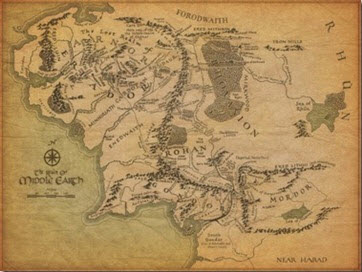
There are two schools of thought when it comes to what makes good writing. The Elmore Leonard view is based on the assumption that the writer should be invisible, that the ultimate aim of an author should be to disappear so that the reader isn't aware of the writing. The alternative view is that the writing should be something that draws attention to itself, that the words themselves should be works of art that elicit an emotional response from the reader.
The SF writer Isaac Asimov used the metaphors of stained glass and plate glass to make the distinction between the two views. He says in I, Asimov: A Memoir:
"There is writing which resembles the mosaic of glass you see in stained-glass windows. Such windows are beautiful in themselves and let in the light in colored fragments, but you can't expect to see through them. In the same way, there is poetic writing that is beautiful in itself and can easily affect the emotions, but such writing can be dense and can make for hard reading if you are trying to figure out what's happening.
"Plate glass, on the other hand, has no beauty of its own. Ideally, you ought not to be able to see it at all, but through it you can see all that is happening outside. That is the equivalent of writing that is plain and unadorned. Ideally, in reading such writing, you are not even aware that you are reading. Ideas and events seem merely to flow from the mind of the writer into that of the reader without any barrier between."
Plate glass authors are clearly invisible writers.
Asimov goes further than simply stating the two extremes of writing styles. He is clearly a plate glass author himself, and he argues that plate glass is actually a more recent invention than stained-glass and is much harder to make, implying that plate glass writing is the more modern and superior style.
So should we all aim to be invisible writers? Both Elmore Leonard and Isaac Asimov are convinced. But there are a lot of writers (and readers) that would argue the reverse.
Clearly there's room for both – as well as all the gradations across the scale. I would argue, however, that the balance between the two styles varies significantly depending on the genre, with fantasy having one of the highest emphases on stained glass writing and fewer invisible writers.
We all need to decide how much invisibility we want.

 RSS Feed
RSS Feed